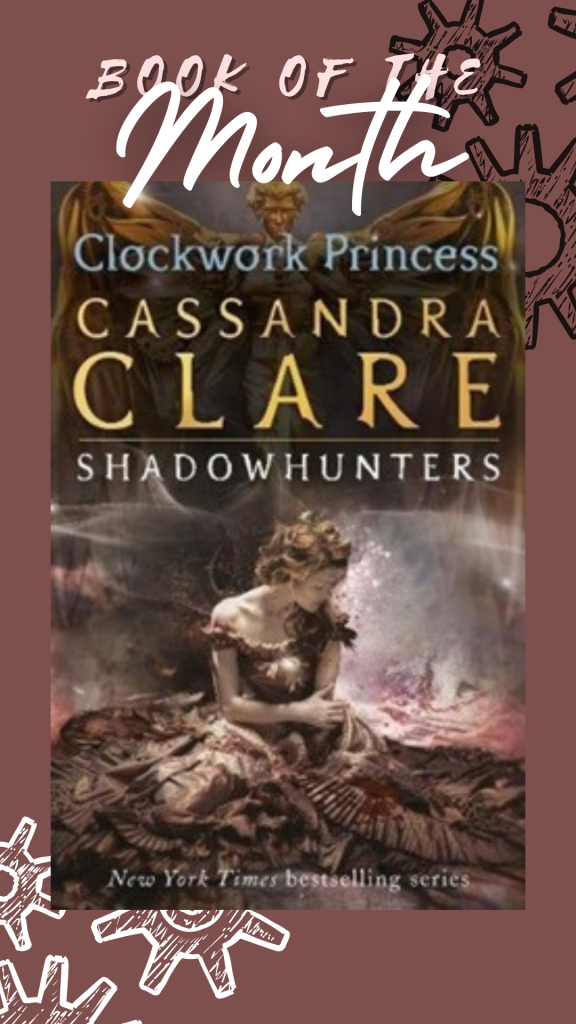Capitalization, I’m sure you’ve wondered why some marketers capitalize their blog post names while others don’t, and why some marketers opt to capitalize only particular blog post titles, and… what the best practices are.
You have titles and headings on your site, but are you capitalizing the correct terms in those titles? You want to make your titles good because they are usually the first thing visitors read before digging into your content (both content and grammar-wise).
Not to mention, if you’re going to start writing, you should try to improve your grammar at the very least, right?
Before reading, most web users skim and scan the text. The blog post title will be one of the first things they see. Everyone in the content industry is talking about how to perfect the art of writing killer headlines, but they’re overlooking the importance of title capitalization.
It’s critical that you capitalize your blog article names regularly and correctly. In a blog post title, you can use sentence case or title case. Only the initial letter of a sentence is capitalized.
When using the title case approach, the APA style is preferable, in which significant words are capitalized and most minor terms are lowercased. The use of proper title capitalization provides the appearance to users that you have a keen eye for detail.
Otherwise, your viewers will be concerned about their grammar. So, how to use capitalisation exactly, well let’s look at a thorough guide explaining just that,
What to capitalize in a title
Sometimes it can get kind of confusing and hard to remember all the grammar rules. So here is a more basic idea of what you should be doing.
Title case rules
Title case is most probably the format most used on the entire internet. Here are some of the standard rules required to follow:
- Always capitalize the first and the last word.
- Capitalize the nouns, pronouns, adjectives, verbs, adverbs, and the subordinate conjunctions.
- Lowercase articles (a, an, the), coordinating conjunctions, and the prepositions.
- Lowercase the “to” in an infinitive (such as “I want to play piano”).
Sentence case rules
You might just also prefer the use of sentence cases in your writing like many others do too. In a case such as this, here are some of the standard rules required to follow:
- First word of the title or heading.
- First word of a subtitle.
- First word after every em dash, colon, or the end of punctuation in a heading.
- Proper nouns including things such as brand names, the names of places, etc.
Read more: How To Generate Content Ideas
Capitalisation options
Here are a few further points and a much more thorough, informative explanation of the two main options for capitalization, as explained.
Sentence Case: Also, sometimes known as Down Style. This is the easiest form to recollect. As stated above, you need to simply capitalize every first letter of the first word and the rest of the remaining words are all supposed to be in lower case. Newspapers use sentence cases often.
Title Case: Also, sometimes known as Up Style or more commonly as Headline Style. The form is used quite frequently in books and on blogs, however, the rules that come with this option are harder and more difficult to remember compared to sentence cases.
Title cases generally tends to look much better. This form requires you to capitalize the first and the last words of your title, as well as capitalize on the adjectives, nouns, pronouns, verbs, adverbs, and subordinating conjunctions.
The only problem is, that different publications all have their own slightly opposing rules. As an example, The Chicago Manual of Style states prepositions (like, from, as, by, on, etc) are made lower case unless they are either the first or the last word. Meanwhile, The Associated Press Stylebook states that prepositions are capitalized if they contain four letters and or words.
Currently, The Chicago Manual of Style is the standard example I am going to be giving in this article:
- Go ahead and capitalize the first and last words in titles and or subtitle (but go and see rule number 7) and capitalize on all other major words (such as nouns, pronouns, adjectives, adverbs, and some conjunctions—see rule number 4).
- Lowercase the articles on the, a, and an.
- Lowercase the prepositions, regardless of the length, except for when they are used either adverbially or adjectivally (like up in Look Up, down in Turn Down, on in the On Button, to in Come To, etc.) or even when they compose a part of an in Latin expression used adjectivally or adverbially (Such as De Facto, In Vitro, etc.)
- Lowercase the specific conjunctions and, but, for, or, and nor.
- Lowercase not only as a preposition (check out rule number 3) but also as a part of an infinitive (like to Run, to Hide, etc.), and lowercase as in any type of grammatical function.
- Lowercase the part of a proper name that would normally be lowercase in regular text, such as de or von.
- Lowercase the second part of any species’ name, such as the fulvescens in Acipenser fulvescens, even if it happens to be the last word in a title or subtitle.
Read more: How To Market Your Blog (Plus Expert Tips)
I naturally encourage you to adapt to Title case or Headline Style titles in your blog post headlines. You should go over and check the rules regularly if you are unsure about the rules and which words should be the ones capitalized. Over the course of time, writing in the title case will be able to become as easy as second nature to you. Don’t needlessly worry over the issue too much. Even professionals tend to make a mistake from time to time. This is, however, something that you should always be aware of and keep in mind when it comes to writing blog post titles and headlines in books.
Read more: How To Start A Blog On Medium
Isn’t it simple? So, now that you’ve mastered the fundamentals of capitalization in blog post titles, it’s time to get back to posting!
















